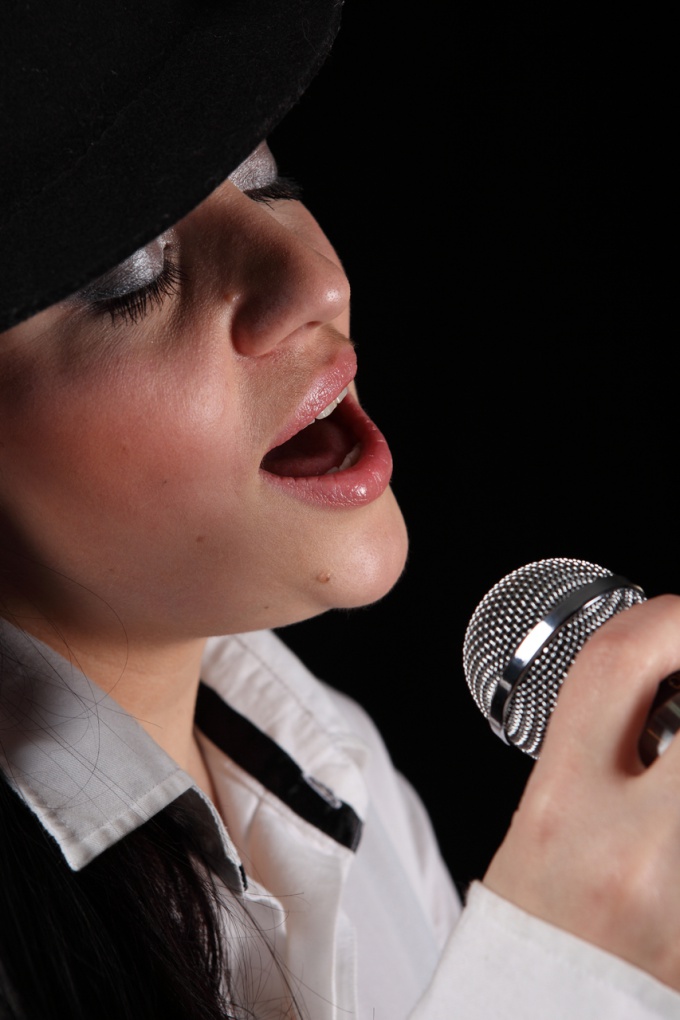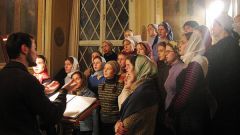Instruction
1
Stand up straight, straighten your shoulders. Check that they are at the same height, right-not above and not below the left. Chest smooth, belly and buttocks clean. Stand on both feet, evenly distributing your weight. With all this preparation, you should not experience muscle tension, stiffness or discomfort. Just stay right.
2
Take a short sharp intake of breath at the same time the mouth and nose. To do this, draw in the face of strong surprise, astonishment. The breath should be silent. This is the same breath that you do in front of a microphone: no one needs to hear "shmygina", hysterical shouting or other unnecessary noise during the attack – the beginning of the sound.
3
Hold your breath for a count of four. Then slowly exhale, folding his lips into a tube or making a hissing sound: "s" or "sh".
4
Repeat the exercise several times. Go to the chanting. Open your mouth wide, but not too much, approximately the level of the vowel "o". Whenever you note (on the border of the lower and middle sections of the range) propagate vowels: a-e-I-o-u", one vowel on each quarter. The muscles of the face while singing should be relaxed, lips do not move. A vowel is formed in the depth of the oral cavity, the throat and tongue. The voice acquires a characteristic fullness of sound, vowels are not very distinct, but become a noble roundness. Sing the exercise on tones in the middle portion of the range, then come down to the original note. The pace of the exercise is moderate.
5
Sing the sound "R" on the notes of major scales from prima to fifth and back. Start at the lowest note of the range, scroll to the top and back. The pace of the exercises fast. Be precise in intonation and sonority of the consonant.
6
Proceed to songs, transferring the feeling of popevki in the repertoire. Vowels must be rounded, the consonants – such as ringing, breath the same active and silent, and the body the same relaxed.





